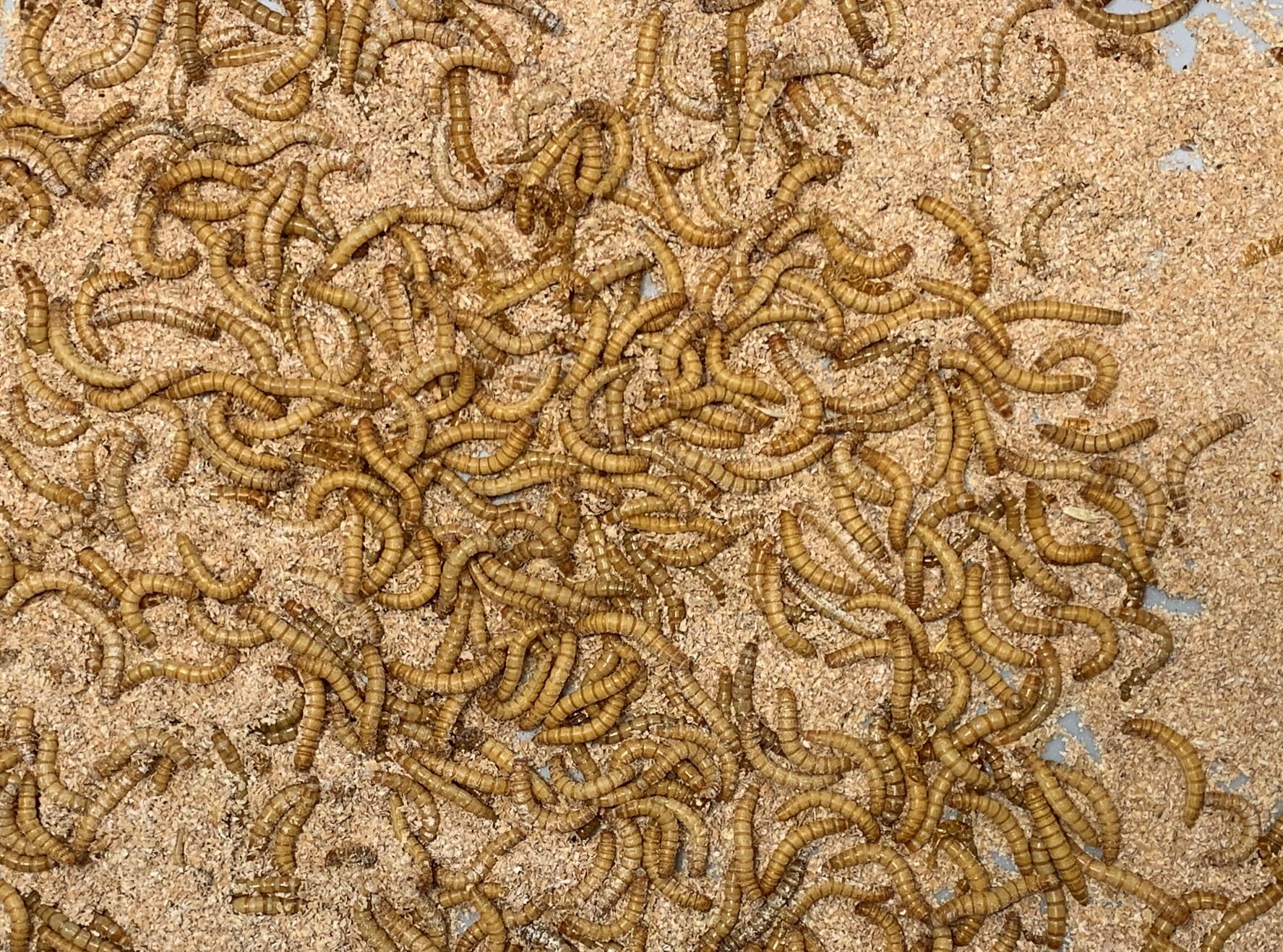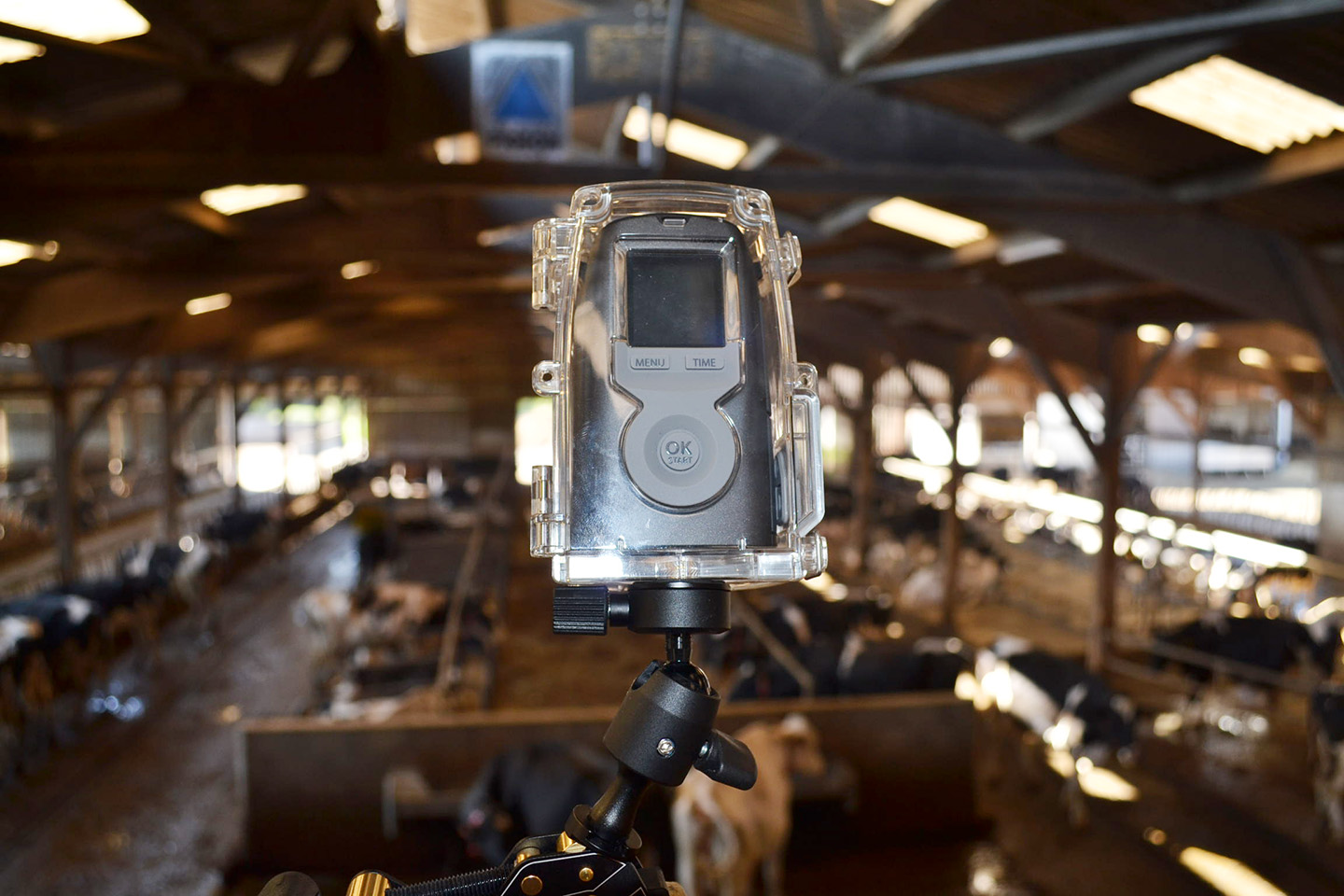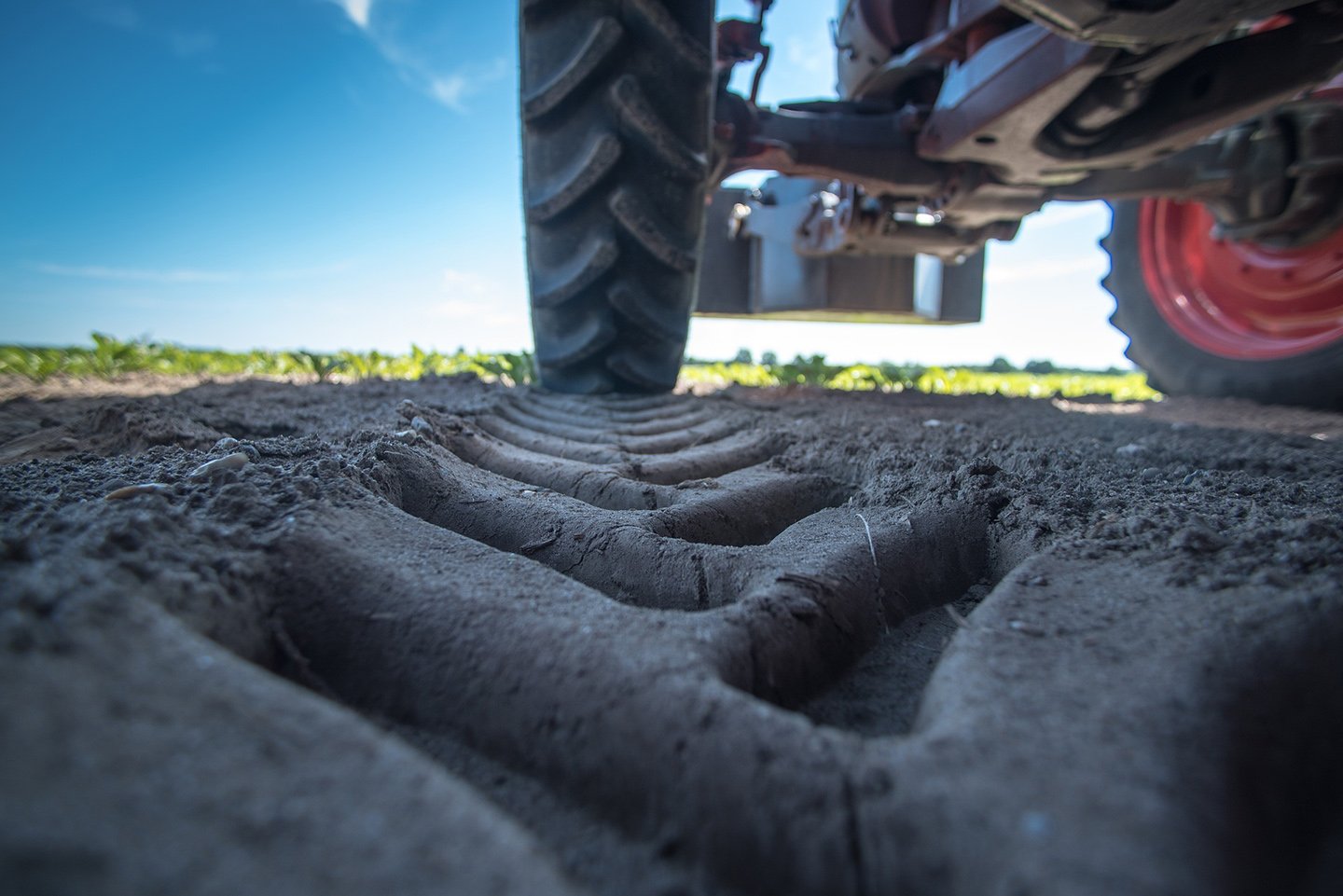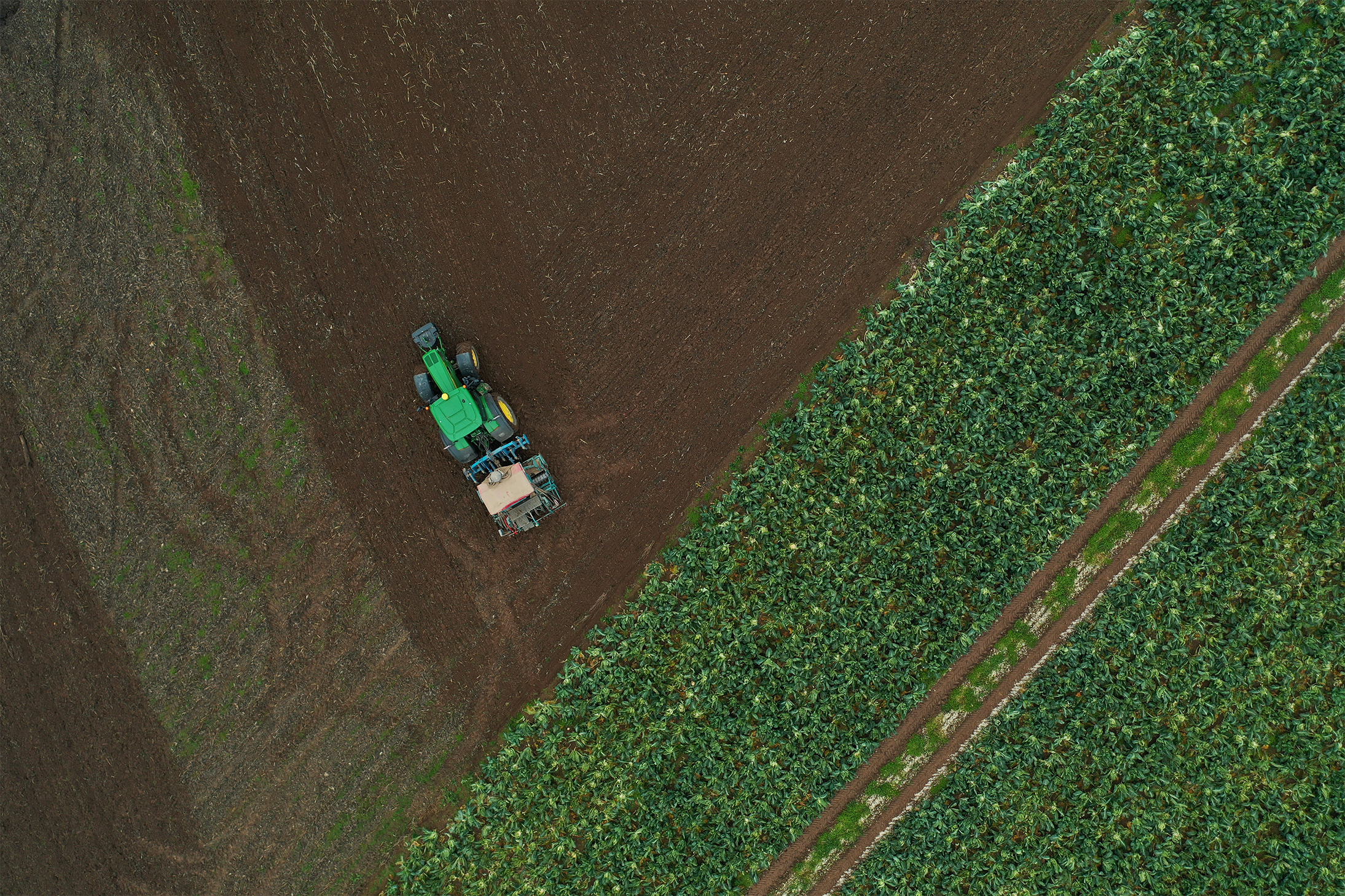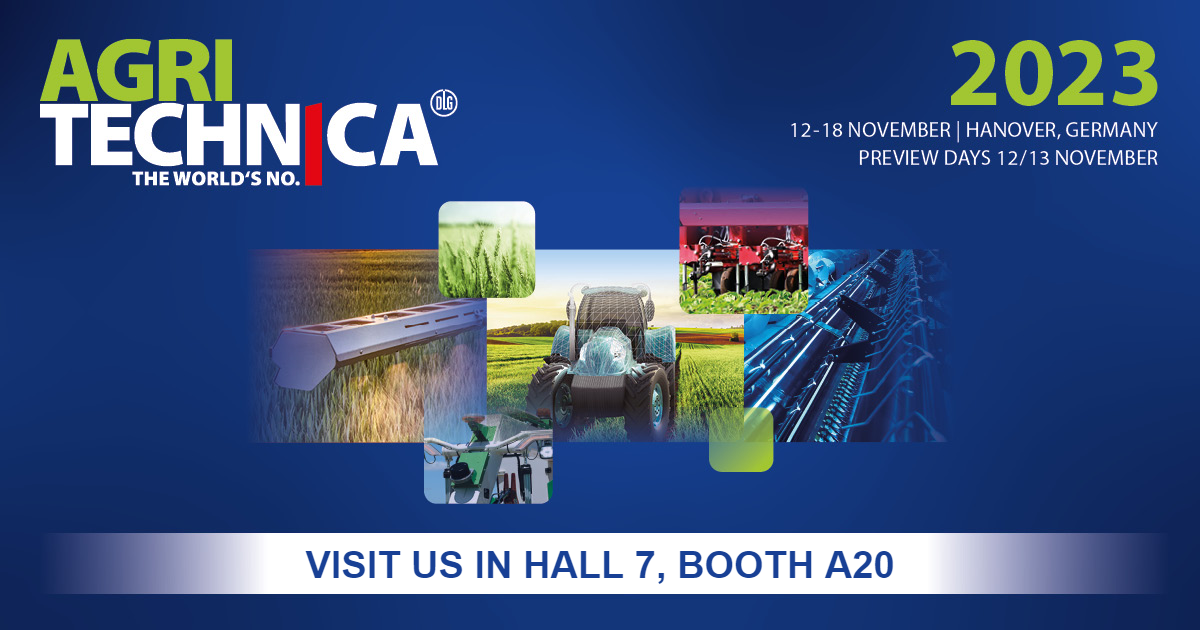With the increase of the world population (from 7.7 billion currently to 9.7 billion in 2050) and the exploding demand for proteins, manufacturers are looking for alternative and sustainable solutions with a low environmental footprint.
Still emerging in our western countries, proteins from insects are proving to be a promising alternative to traditional proteins.
Authorized since 2017, insect meals or oils are mainly used to enrich animal feed (pet food) and aquaculture, but this young industry does not intend to stop there!
#1 Insect meal production: a response to the high global demand for protein?
In January 2021, Europe authorized the use of an insect (the milling beetle, better known as "mealworm") in human food!
The EFSA (European Food Safety Authority) published a report indicating that this beetle was safe for humans and it could be consumed in dried or powdered form.
In september 2021, Europe allows insect proteins for poultry and pigs. 👉 Click here to read our article and learn more about the european authorization for using "Processed animal proteins" in poultry and pig feed.
Insect proteins represent a huge market with insufficient capacity for the next 10 years. According to the newspaper Les Echos, "no less than eleven other applications of the same type are being examined by EFSA!".
This dynamic will encourage the arrival of new operators on this market with high potential (whose weight at the global level should reach 1.10 billion euros by 2025, against 110 million euros today).
But in order to produce sufficient quantities while respecting quality standards, insect producers will have to optimize their production process by moving from the manual stage to the industrial stage.
This transition to an industrial scale will only be possible by automating the production processes.
#2 Why is it important to automate insect production?
Insect breeders and producers need greater automation to achieve the level of performance, accuracy and efficiency needed to be profitable and produce the volumes required to meet customer demand.
Their main challenge is to automate control operations that were previously performed manually by human operators.
This need to accelerate production processes and improve quality control has encouraged Dilepix to develop a software solution that performs analyses (counting, sorting, detection) automatically.
The first versions of these solutions are intended for fixed station sampling analysis. They aim at automating quality controls such as counting, estimation of mortality rate, larvae size distribution and frass fraction present in samples after a separation process.

This fixed station solution has the advantage of being compatible with all insect producers in the world and available simply by connecting a standard camera to the analysis cloud.
When seeding their batches, producers of Black Soldier Fly or Tenebrio Molitor can easily evaluate the mortality rate thanks to this solution and can thus adapt the measurements of the weight of larvae to be seeded to systematically reach their production objectives.
The objective of Dilepix is to evolve these analyses in fixed station in analysis on production line to be able to analyze the entire production. This evolution will allow a total control of the production in real time thanks to the mastery of the embedded software solutions.
#3 What are the advantages of an automated insect monitoring solution?
Developed to improve the working conditions of human operators, automatic production monitoring solutions provide valuable and reliable data on different stations in the production chain.
✅Reliability regardless of the number of analyses
Unlike a human operator whose concentration will decrease throughout the day, an automatic software obtains excellent results, regardless of the number of analyses. It does not get tired and can work 24/7.
✅An infinitely reproducible solution
Present on different stations of a plant or on different plants, the control points always have the same precision and analyze the performances at different scales.
✅Modularity of the solution
Software (like the one developed by Dilepix) is easily accessible from the Cloud or can be physically embedded on production lines to control robotic actions.
In Cloud or embedded mode, analysis results can be directly transmitted to production control systems (SCADA).
✅Speed in data processing
In the case of an automatic larvae counting solution, the Artificial Intelligence counts the larvae very quickly even when they are agglomerated in clusters.
The human operators who were previously assigned to this task can concentrate on other activities.
In addition, the data produced by this type of solution provides valuable information for steering the quality of production as accurately as possible.
On average, almost 10 weeks of work are saved each year thanks to automatic larva counting solutions.
✅The advantages of automatic larvae counting in pictures
#4 Dilepix, the only startup with an offer for insect producers
Because we are concerned about our impact on the environment and we believe in this alternative production method, we decided to put our technology at the service of entomoculture.
We believe that the insect farming industry will only achieve mainstream status by improving its automation and production capabilities.
By contributing to the development of this industry, we provide a sustainable alternative for food and feed while minimizing the negative effects on the environment.
We are the only startup to offer a specific service to insect producers.
For several months, we have been working on a software solution that combines AI and computer vision to improve the production processes of insect farmers.
1. Different features at each stage of production

The solution we have developed is hosted on the Dilepix Cloud. It analyzes in a few seconds the images captured by a simple camera and transmits the results to a Dilepix interface or directly to a SCADA.
2. Two main axes in our approach:
1) Replace manual tasks that are not very rewarding and are sources of errors
2) Robotize certain steps of the production process (bin change, food supply...)
3. Four modules to accelerate insect production control
Our insect offers are declined in 4 modules:
- Automatic counting of larvae in a few seconds
- Automatic estimation of the mortality rate of larvae even in cluster form
- Instant evaluation of production batches
- Measurement of larvae activity
👉On this page, you will discover why and especially how our solution can help insect producers to develop their business.
📆#5 Highlights to be replayed
Are you an insect producer? Do you want to learn more about our AI solutions to automate the monitoring of your production?
If you missed these two events online, no problem, replay is available
Webinar
June 23, 2021 > Agtech Startup Showcase

Organized by La Ferme Digitale & The Yield Lab Institute, this webinar presented a showcase of innovative startups and provided U.S. agribusiness players with visibility into emerging trends and innovations in Europe (and France 🐓) as well as concrete solutions to implement on their own farms and/or supply chains.
Alongside 3 startups:
Connecting Food: the blockchain-based food transparency platform,
My Easy Farm: precision farming made easier,
Naïo Technologies: autonomous weeding and farming robots.
For Dilepix, Alban Pobla talked about "AI & computer vision applied to industrial insect production."
👉 REWatch Dilepix's intervention :
Webinar
8 July 2021 > LFDay Live special insect production
Organized by the Digital Farm, this webinar focused on the production of insects on an industrial scale. This sector, still unknown to the general public, is arousing great interest because of its promising prospects.
The program of this round table (to be confirmed):
- What are the challenges for entomoculture? Protein issues & environmental impact.
- What problems do insect producers have to face?
- What solutions exist to accelerate production and guarantee product quality?
Speakers:
Jean-Gabriel LEVON - Co-founder of Ÿnsect
Olivier FREY - Consultant and Agtech expert
Alban POBLA - CEO Dilepix
▶️ Click to watch the replay.
It is in French but you can set the subtitles in English 👍
